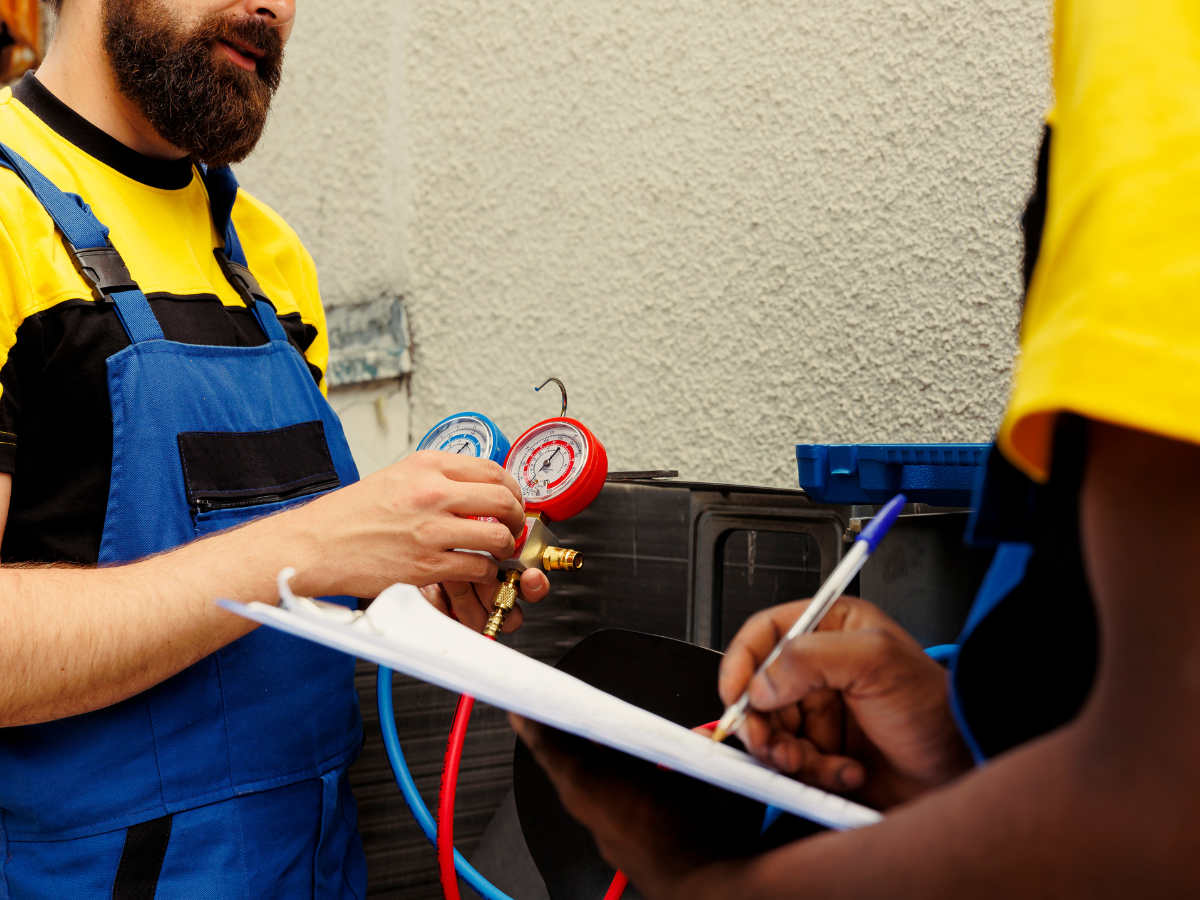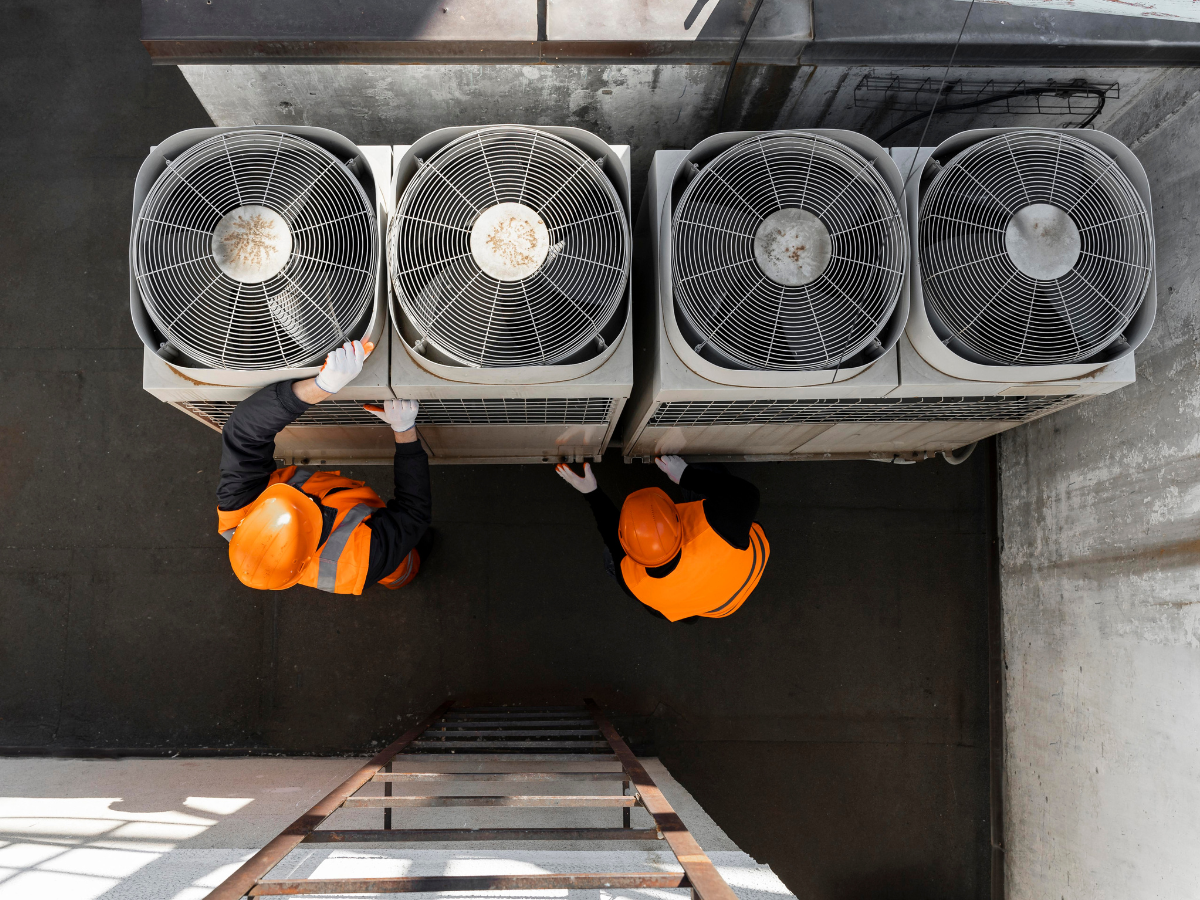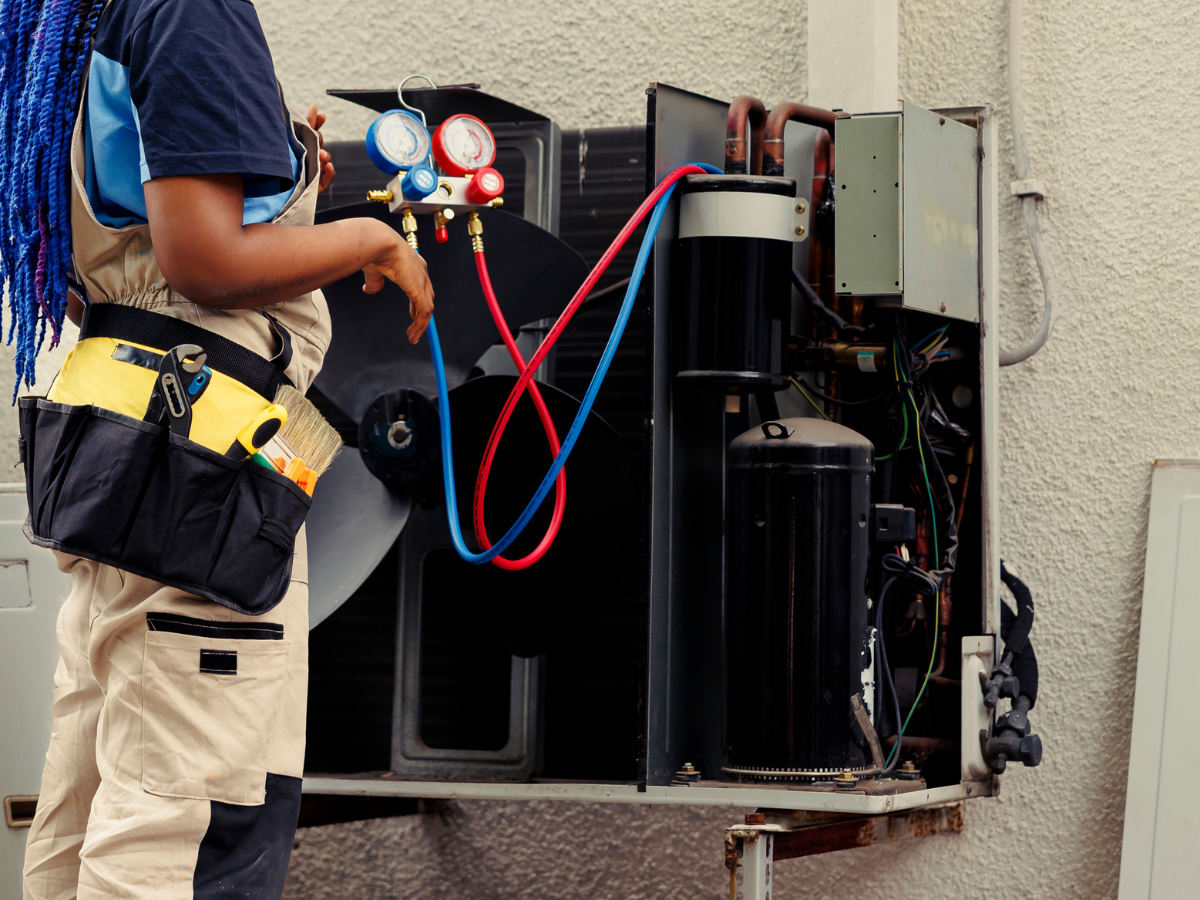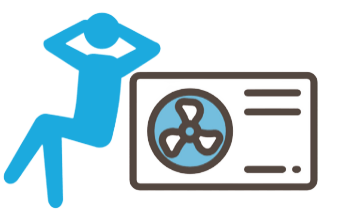What to Know Before Starting Your Central Air Installation
A cool, comfortable home makes all the difference during those warm Pacific Northwest months. That kind of relief doesn’t just happen—it begins with the right cooling system and a team that knows how to install it properly. At Comfort Zone HVAC, we’ve helped families across Whatcom County stay comfortable with dependable solutions that are built to last. From energy efficiency to long-term reliability, we focus on what truly matters.
In this guide, we’re sharing everything you need to know about central air installation—from choosing the right system to understanding what to expect throughout the process. Whether you're upgrading an outdated setup or exploring new options, we're here to make it simple, clear, and worthwhile.
Why Homeowners Choose Central Air Installation?
There are plenty of cooling options out there—from window units to ductless systems—but central air remains a top choice for a reason. It provides even, consistent cooling throughout your home, and when installed properly, it can work seamlessly with your existing ductwork and heating system.
Here’s what our customers appreciate most about central air:
- Whole-Home Comfort: You get uniform cooling in every room, not just the one with a unit in the window.
- Quieter Operation: With the main unit located outside, you barely notice it’s running.
- Improved Air Quality: Central systems can include filters that help reduce allergens, dust, and humidity.
- Increased Property Value: A properly installed system adds long-term appeal and functionality to your home.
The Best Time to Install a Cooling System
Getting the timing right can make a big difference. While summer might seem like the natural choice, spring or fall often offers the smoothest experience. These seasons typically mean quicker scheduling, milder weather during the install, and time to make sure everything’s working properly before the next temperature shift.
It’s worth considering a new system if:
- Your current setup isn’t keeping up with the heat
- You’re remodeling and want to improve energy efficiency.
- You’re ready to move on from temporary solutions like window units.
Planning ahead gives you more control, fewer delays, and a cooler home when it matters most.
Choosing the Right System
No two homes are exactly alike—and neither are their cooling needs. When we help homeowners select a central air system, we take a close look at the layout, square footage, insulation levels, and existing ductwork. It’s not just about picking the biggest unit; it’s about finding the one that fits your home best.
Here’s what we consider when helping you choose:
1. Size Matters
Too small, and the system will struggle to keep up. Too large, and it’ll cycle on and off too often, leading to uneven cooling and wear. We perform a detailed load calculation to get the right fit.
2. Energy Efficiency Ratings
We always walk you through SEER (Seasonal Energy Efficiency Ratio) ratings. The higher the SEER, the more efficient the unit. A high-efficiency model may cost more upfront, but it can pay off over time with lower monthly bills.
3. Compatibility with Your Current System
If you have existing ductwork in place, we’ll assess its condition and layout. Well-maintained ducts can often be used, saving you money. If you’re starting from scratch, we’ll design a system that makes sense for your space.
What to Expect During Installation
We know that inviting a crew into your home for a major install is a big deal. That’s why we take care to communicate clearly and keep the process as smooth as possible from start to finish.
Here’s how it typically goes:
1. Initial Consultation
We start with a home visit to understand your needs, evaluate your current setup, and answer your questions. From there, we recommend systems that match your budget and comfort goals.
2. System Selection and Planning
Once you decide on a system, we’ll plan out the installation schedule, walk you through what to expect, and make sure you're comfortable with the process.
3. Professional Installation
Our certified technicians handle everything from installing the condenser and air handler to configuring your thermostat and testing the system. We work clean, respect your home, and don’t cut corners.
4. Final Walkthrough and Testing
Before we leave, we show you how to use your new system, test it in real time, and make sure it’s running at peak performance. You’ll have a chance to ask questions and get comfortable with the controls.

What’s Next After Installation?
Installing central air is just the beginning. To keep your system running efficiently year after year, regular maintenance is key.
Here’s what we recommend to keep things running smoothly:
- Change filters every 1–3 months depending on usage and allergies.
- Schedule annual inspections—we offer tune-ups that help prevent breakdowns and improve performance.
- Keep the outdoor unit clear of debris, leaves, and weeds to allow proper airflow.
- Call us at the first sign of trouble, whether it’s unusual noises, reduced cooling, or higher energy bills.
We also offer maintenance plans designed to make this easy and affordable. You don’t have to remember when service is due—we’ll take care of it for you.
FAQs from Homeowners
1. Do I need to replace my ductwork?
Not always. If your ducts are in good condition, we may be able to use them. We’ll inspect them to make sure there are no leaks or obstructions.
2. How long does installation take?
Most installations take one to three days, depending on the complexity of the job. We’ll provide a clear timeline before we begin.
3. Is central air worth it in the Pacific Northwest?
Absolutely. While our summers are shorter, they’re getting hotter. Central air offers dependable comfort without the noise and hassle of window units.
4. Will this increase my electric bill?
It may go up slightly during heavy use, but modern systems are highly efficient. You might also save money compared to running multiple portable or window units.
5. What brands do you carry?
We work with trusted manufacturers known for reliability and support. During your consultation, we’ll explain the pros and cons of each option to help you decide.
The Difference We Make
We live and work in Whatcom County. Our team isn’t just technically trained—we care about doing things right and treating our customers the way we’d want to be treated. We’ve built our business on trust, service, and the belief that comfort should be simple and stress-free.
Here’s what sets us apart:
- Locally Owned and Operated: We're part of the community and take pride in helping neighbors stay comfortable year-round.
- Experienced Professionals: Every technician is trained, certified, and committed to quality.
- Straightforward Pricing: No surprises—just honest work and fair estimates.
- Responsive Support: When you need us, we’re here. No long wait times or bounced-around calls.
Whether you're installing central air for the first time or replacing an old system, we make the process clear and the results dependable.
Our Commitment
Central air isn’t just about cooling—it’s about creating a home environment where you can truly relax. We take that seriously. From the first phone call to your first cool breeze, we’re with you every step of the way.
If you’re ready to take the next step, we’d be happy to stop by, answer your questions, and help you decide what’s best for your home. No pressure, just helpful guidance from a team that understands Whatcom homes and how to keep them comfortable.
To schedule a consultation or get a free estimate for your central air setup, Comfort Zone HVAC is here to make comfort easy. Visit our website or give us a call today!
You might also like




